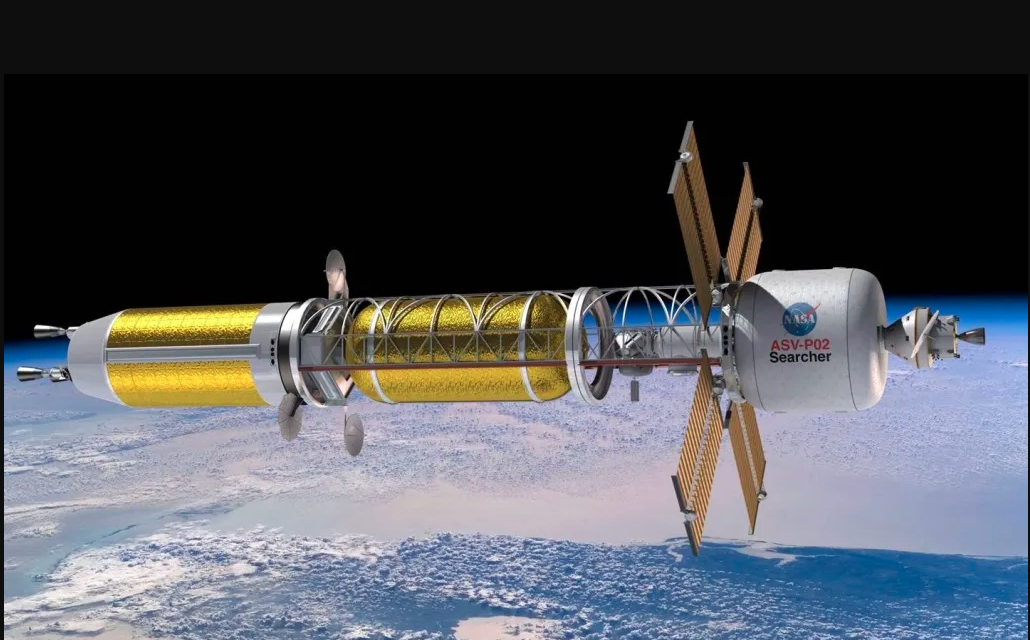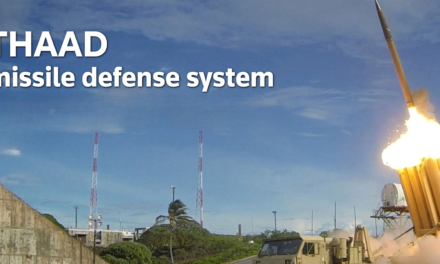Propulsion systems in space exploration vehicles and satellites are designed to generate thrust, enabling them to maneuver in space, reach desired orbits, or travel to distant celestial bodies. These systems operate based on Newton’s Third Law of Motion: for every action, there is an equal and opposite reaction. Here’s an overview of how propulsion systems work:
1. Types of Propulsion Systems
A. Chemical Propulsion
Chemical propulsion systems use the combustion of propellants (fuel and oxidizer) to produce high-speed exhaust gases that generate thrust. These systems are classified into two main types:
- Liquid Propellant Engines:
- How It Works: Liquid fuel (e.g., liquid hydrogen) and an oxidizer (e.g., liquid oxygen) are stored in separate tanks and mixed in a combustion chamber, where they burn to produce high-temperature gases expelled through a nozzle.
- Applications: Used in launch vehicles, upper stages, and spacecraft requiring high thrust (e.g., NASA’s Space Launch System).
- Example: SpaceX’s Merlin engines use RP-1 (a refined kerosene) and liquid oxygen.
- Solid Propellant Engines:
- How It Works: A solid mixture of fuel and oxidizer burns in a controlled manner when ignited, producing thrust.
- Applications: Used for boosters in rockets and some spacecraft where simplicity and reliability are critical (e.g., Space Shuttle solid rocket boosters).
- Example: Ariane 5 solid rocket boosters.
- Hybrid Propellant Engines:
- How It Works: Combines a liquid oxidizer with a solid fuel, offering controllability and simplicity.
- Applications: Experimental and some small-scale missions.
- Example: Virgin Galactic’s SpaceShipTwo.
B. Electric Propulsion
Electric propulsion systems use electrical energy to accelerate propellant to extremely high velocities, achieving greater efficiency than chemical systems.
- Ion Thrusters:
- How It Works: Ionizes a gas (e.g., xenon) using electricity and accelerates the ions through an electric field to generate thrust.
- Applications: Long-duration missions, station-keeping for satellites, and deep-space exploration.
- Example: NASA’s Dawn spacecraft.
- Hall Effect Thrusters:
- How It Works: Uses a magnetic field to accelerate ionized propellant, producing thrust.
- Applications: Geostationary satellite propulsion and low-Earth orbit (LEO) operations.
- Example: ESA’s SMART-1 lunar mission.
- Electrospray Thrusters:
- How It Works: Uses electric fields to accelerate liquid or solid ions for small thrust applications.
- Applications: CubeSats and nanosatellites.
C. Nuclear Propulsion
- Nuclear Thermal Propulsion (NTP):
- How It Works: A nuclear reactor heats a propellant (e.g., hydrogen) to high temperatures and expels it through a nozzle.
- Applications: Deep-space exploration requiring high thrust and efficiency.
- Example: Concepts for Mars missions.
- Nuclear Electric Propulsion (NEP):
- How It Works: A nuclear reactor generates electricity to power an electric propulsion system.
- Applications: Long-term deep-space missions.
- Example: Future interstellar probes.
D. Advanced and Experimental Propulsion
- Solar Sails:
- How It Works: Reflects photons from sunlight onto large, lightweight sails to generate small but continuous thrust.
- Applications: Interplanetary and interstellar missions.
- Example: The Planetary Society’s LightSail.
- Magnetoplasmadynamic (MPD) Thrusters:
- How It Works: Uses magnetic and electric fields to accelerate plasma for thrust.
- Applications: High-power, deep-space propulsion.
- Example: Experimental systems for future missions.
- Fusion Propulsion:
- How It Works: Harnesses energy from nuclear fusion reactions to propel the spacecraft.
- Applications: Long-term concept for interstellar travel.
2. Key Components of Propulsion Systems
- Propellant: The material that is expelled to produce thrust (e.g., liquid hydrogen, xenon).
- Combustion Chamber: Where the fuel and oxidizer react (in chemical propulsion).
- Thrusters: Devices that expel the propellant to generate thrust (e.g., ion thrusters).
- Power Supply: Provides energy for electric propulsion (e.g., solar panels, batteries, nuclear reactors).
- Nozzle: Shapes and accelerates exhaust gases to maximize thrust efficiency.
3. Applications of Propulsion Systems
- Launch: Achieving escape velocity to leave Earth’s gravity.
- Propulsion Systems: Chemical rockets (e.g., Falcon 9, Ariane 5).
- Orbital Maneuvering: Adjusting orbits or transferring to new ones.
- Propulsion Systems: Ion thrusters, Hall effect thrusters.
- Station-Keeping: Maintaining position in geostationary orbits.
- Propulsion Systems: Electric propulsion.
- Interplanetary Travel: Moving between planets or into deep space.
- Propulsion Systems: Ion thrusters, solar sails, nuclear propulsion.
- Reentry and Landing: Controlled descent to planetary surfaces.
- Propulsion Systems: Chemical propulsion (e.g., SpaceX’s SuperDraco).
4. Advantages and Challenges
Advantages
- Chemical Propulsion:
- High thrust for heavy payloads.
- Established technology.
- Electric Propulsion:
- High efficiency and fuel economy.
- Ideal for long-duration missions.
- Nuclear Propulsion:
- High energy density for deep-space missions.
- Enables faster travel to distant planets.
Challenges
- Chemical Propulsion:
- Limited efficiency due to high propellant consumption.
- Electric Propulsion:
- Low thrust, requiring longer times for acceleration.
- Nuclear Propulsion:
- Safety and regulatory concerns.
5. Future Trends
- Hybrid systems combining chemical and electric propulsion for flexibility.
- Increased adoption of sustainable, green propellants.
- Advancements in autonomous navigation and AI-enhanced propulsion systems.













